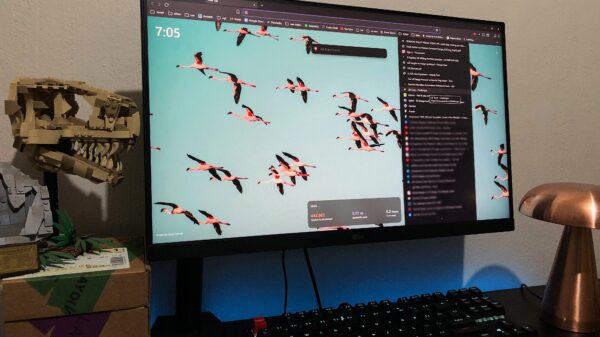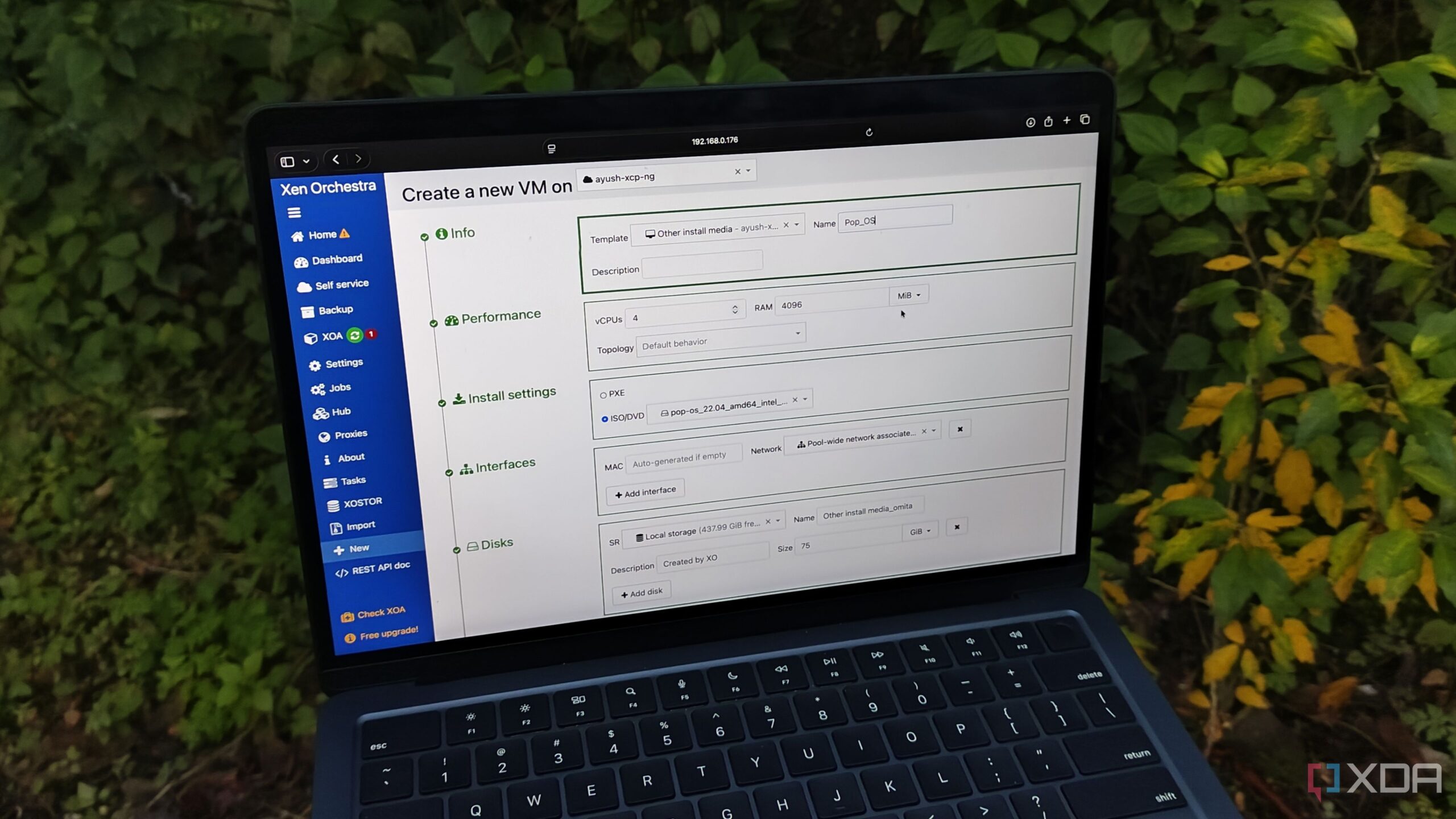UPDATE: A tech enthusiast has abruptly switched back from XCP-ng to Proxmox for their home lab setup, citing critical shortcomings in XCP-ng’s functionality. This surprising development comes just as the community has been exploring various alternatives to popular home lab platforms.
The user, who documented their experience online, revealed that while XCP-ng offers a robust system powered by the Xen hypervisor, it simply cannot compete with the extensive features and community support provided by Proxmox VE (PVE). The decision was made following a detailed experiment that highlighted the limitations of XCP-ng’s management interface and resource allocation.
This switch back to Proxmox has immediate implications for home lab enthusiasts. As more users seek reliable and user-friendly setups, the demand for platforms that don’t require extensive technical knowledge is increasing. Proxmox remains a strong contender due to its intuitive interface and comprehensive community support, making it a preferred choice for many.
The user tested XCP-ng on a standard home lab rig, equipped with a Ryzen 5 1600 CPU, 16GB of RAM, and a GTX 1080 graphics card. The installation process was straightforward, yet the need for additional steps to manage the platform became a significant drawback.
Accessing the management interface proved challenging, as the user found the Xen Orchestra (XOA) limited in its capabilities. The requirement for 2 v-cores and 2GB of RAM for XOA posed a problem for users with less powerful machines, particularly affecting those relying on budget-friendly hardware.
Despite the initial excitement, the user expressed frustration about the need for premium licenses to unlock essential features such as backups and automation tasks. This paywall could deter potential users who are looking for cost-effective solutions.
The performance of XCP-ng has been praised, especially regarding its handling of Windows 11 virtual machines, thanks to built-in TPM 2.0 and Secure Boot emulation. However, the lack of native support for containerization remains a significant limitation, prompting users to create dedicated virtual machines for Docker or other environments, leading to potential performance overhead.
The experience highlights the growing divide between user-friendly platforms and those that require deeper technical knowledge, as home lab enthusiasts increasingly seek the best tools for their projects.
As home lab communities continue to evaluate their options, the user plans to repurpose their XCP-ng setup on a more capable system while returning to Proxmox for everyday tasks. This decision underscores a critical need for platforms that balance power and usability in today’s fast-evolving technological landscape.
Tech enthusiasts are encouraged to share their experiences and preferences as the conversation surrounding home lab platforms intensifies. With more users documenting their journeys, the choice between Proxmox and XCP-ng could shape the future of home server setups.





































































